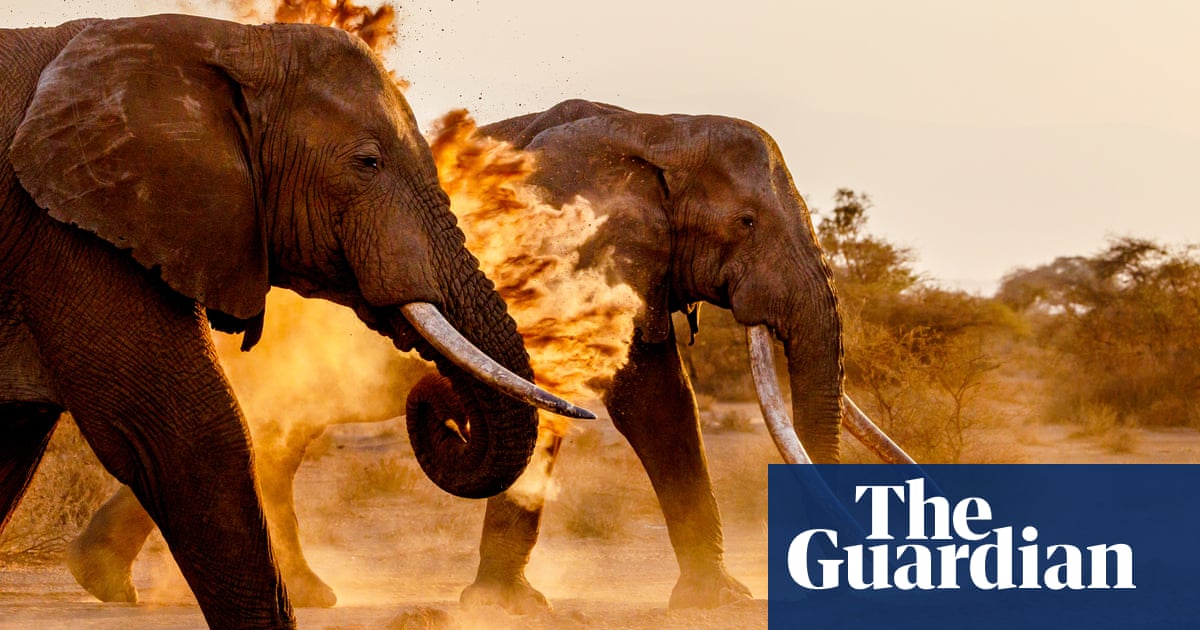In the borderlands of Tanzania and Kenya, the “super tuskers” roam. A combination of old age, genetic pooling and prolonged protection from poaching has created a population of bull elephants with enormous tusks, weighing up to 45kg apiece, large enough to scrape along the ground as the animals walk. To many, the bulls are “living icons” of the African savannah. They are also highly prized by trophy hunters.
Now, a series of super-tusker killings has sparked a bitter international battle over trophy hunting and its controversial, sometimes counterintuitive role in conservation. Some conservationists believe the killing of these extraordinary animals should not be allowed. Others say controlled, regulated hunting can actually contribute to elephants’ long-term survival by providing jobs for local people and incentives for habitats to be preserved.
The conflict began brewing last year, when the Tanzanian government ended a 30-year informal agreement with Kenya by allowing hunters to legally shoot at least two out of the 10 remaining super tuskers. The herd is a cross-border population that migrates between Kenya (where trophy hunting is banned) and Tanzania, where wildlife laws allow for trophy hunting on auctioned wildlife-rich blocks, for foreign hunters who can afford a premium safari package.
“The targeted elephants were among the largest, oldest bulls,” a group of conservationists wrote in a letter decrying their loss, which was published in the journal Science in June. They represented “one of the last gene pools for enormous ivory and the source of the largest tusks ever collected”.



2 out of 8 is a pretty high ratio. I’m gonna say I don’t believe them without proven data to back this excuse.